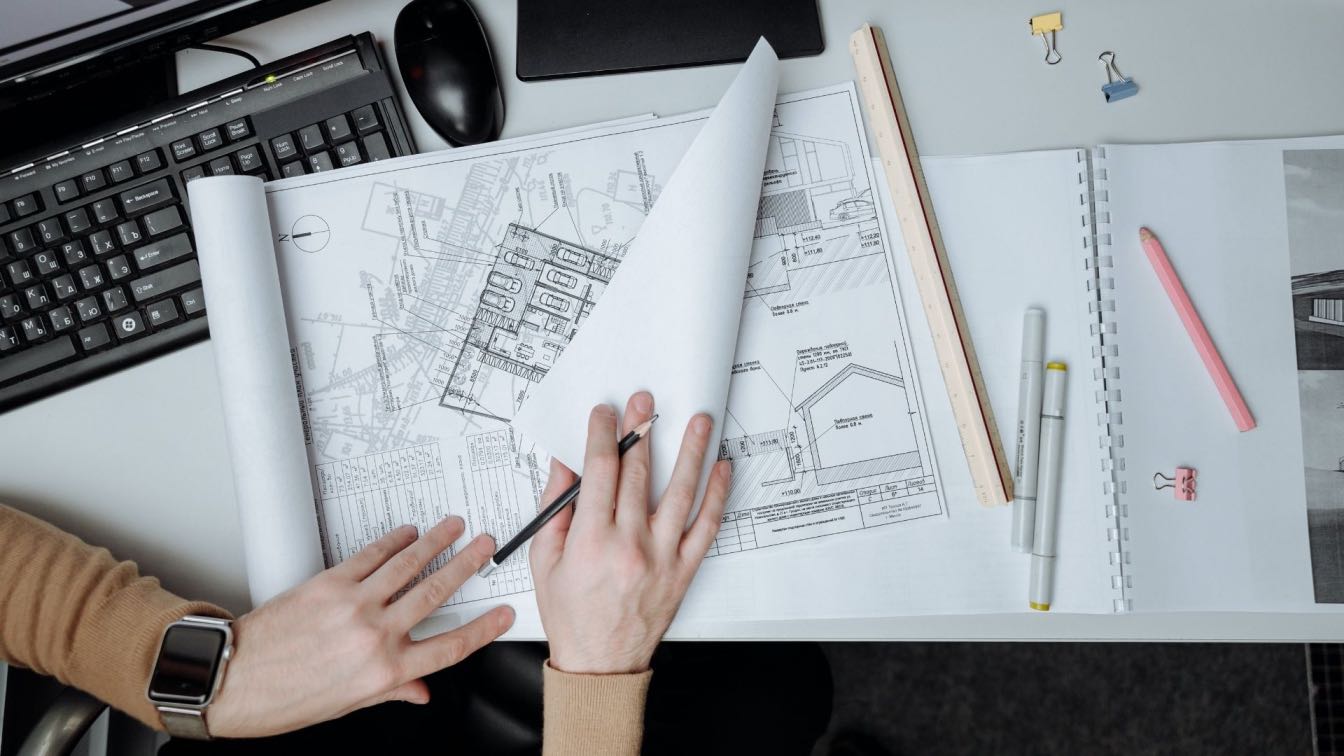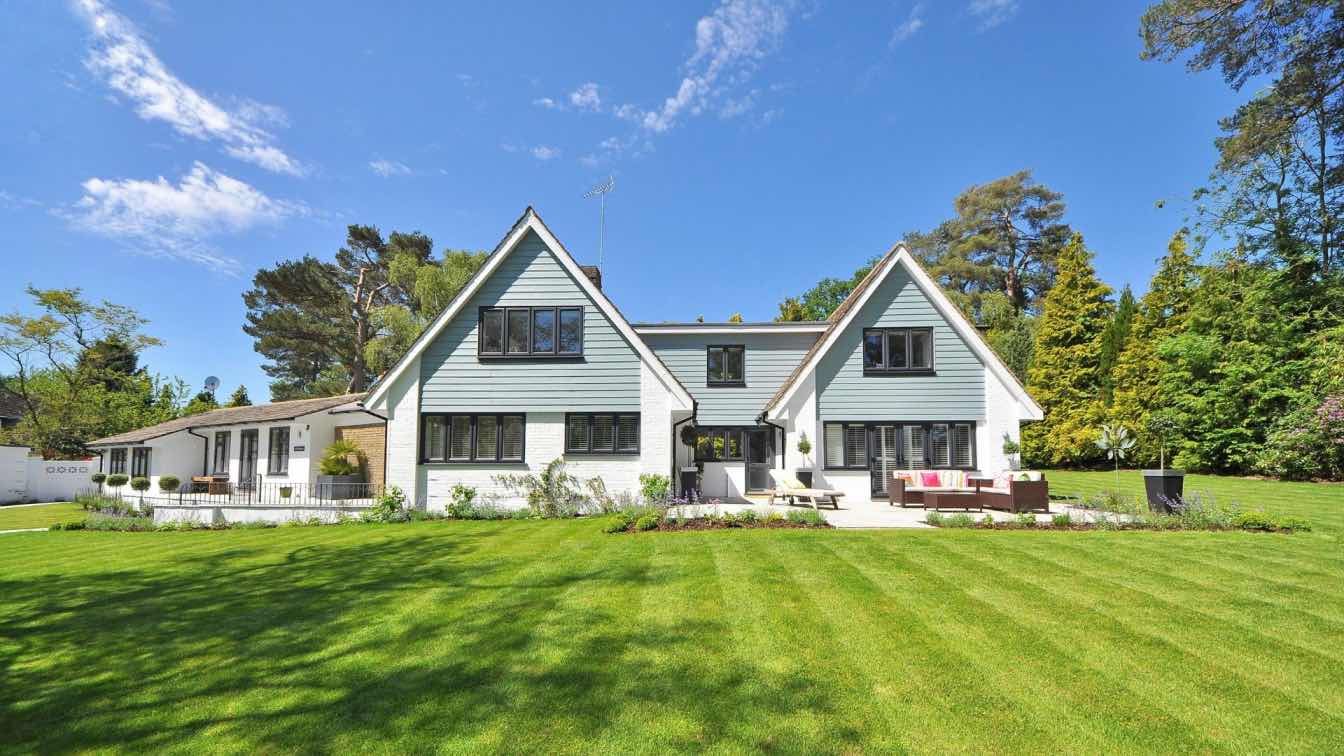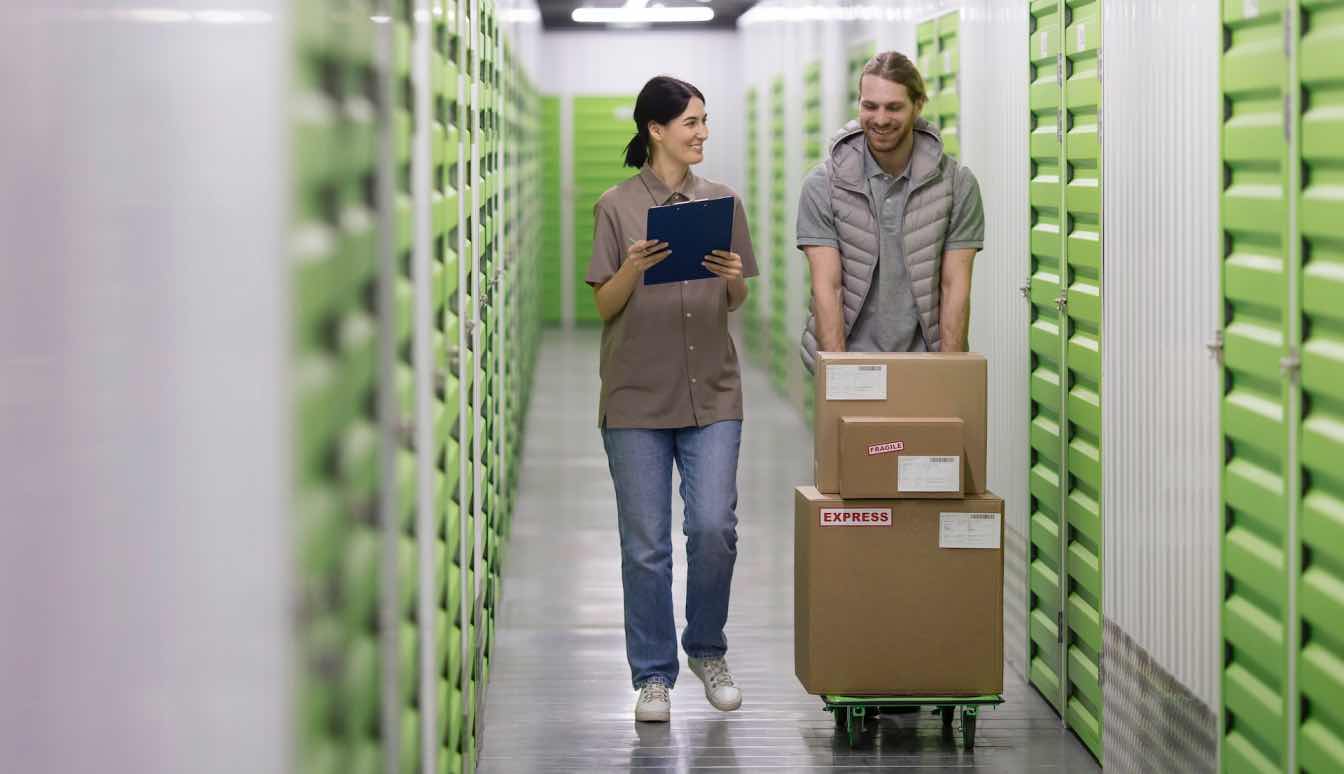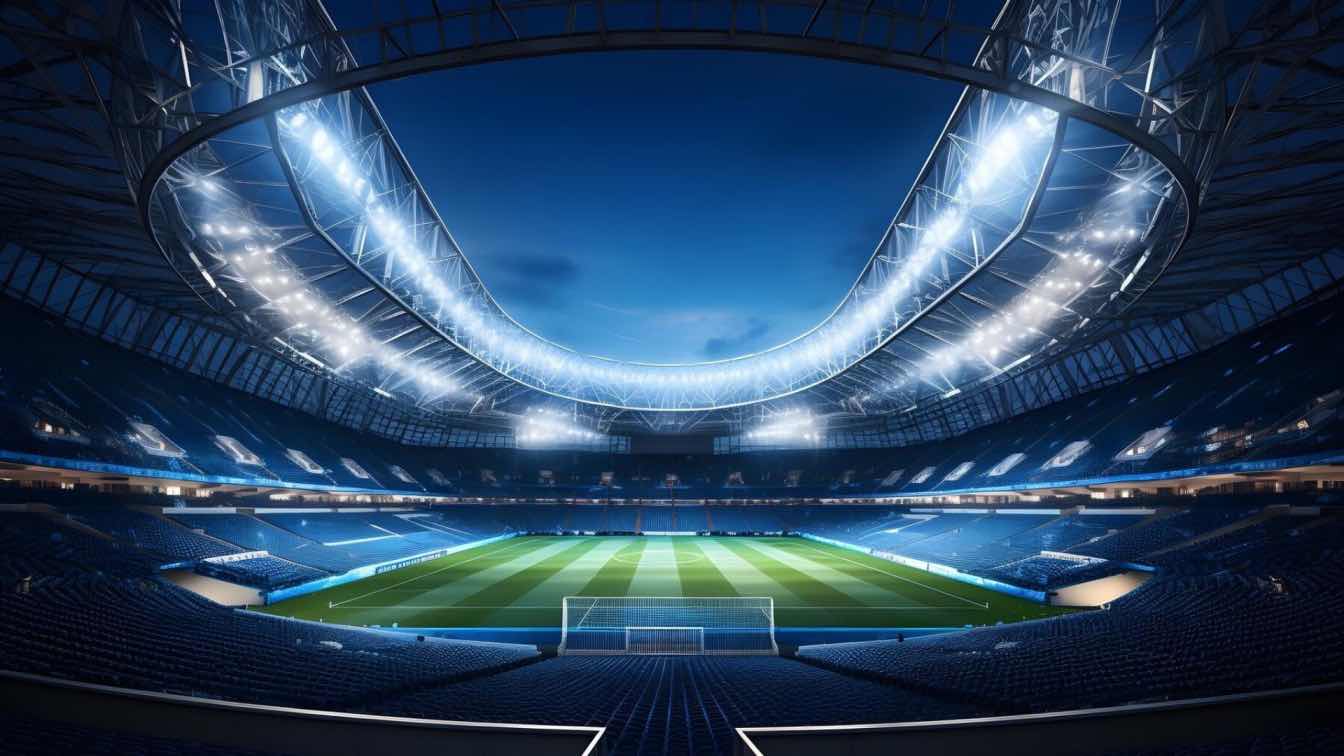Evaporative cooling has emerged as a popular and environmentally conscious method for effectively cooling indoor spaces. In contrast to conventional air conditioning systems that rely on refrigerants, evaporative cooling harnesses the power of water evaporation to cool the air naturally. This introductory section sheds light on the principles and benefits of evaporative cooling, emphasising its significance for those seeking better indoor air quality and a sustainable and cost-effective cooling solution.
How Evaporative Cooling Works
The Basic Principle
At its core, evaporative cooling exploits the scientific principle of evaporation. As water evaporates, it absorbs heat from the surrounding air, resulting in a refreshing cooling effect. Evaporative coolers leverage this natural phenomenon by drawing warm air through water-saturated pads. The water evaporates as the hot air passes through these pads, effectively lowering the air temperature. This process starkly contrasts traditional air conditioning, which relies on intricate refrigeration cycles. The simplicity and energy efficiency of evaporative cooling make it an appealing alternative.
Components of Evaporative Cooling Systems
To delve deeper into the mechanics of an evaporative cooling system, it's essential to comprehend the critical components of these systems. A standard evaporative cooler comprises a pump, cooling pads, a fan, and a water distribution system. The pump circulates water to saturate the cooling pads while the fan draws warm air through the wet places, initiating the cooling process. Each component plays a vital role in ensuring the effectiveness and efficiency of the cooling system.
Types of Evaporative Cooling Systems
Evaporative coolers are diverse, catering to various cooling needs.
Single-Stage vs. Two-Stage Evaporative Coolers
Single-stage coolers follow a straightforward evaporative cooling process, while two-stage coolers incorporate additional mechanisms to enhance efficiency. Discerning the distinctions between these types empowers users to make informed choices aligned with their specific requirements.
Portable vs. Whole-House Evaporative Coolers
The versatility of evaporative cooling is evident in the choice between portable and whole-house systems. Mobile units offer flexibility for cooling specific areas, while whole-house systems are designed to provide comprehensive cooling for an entire home. Selecting the most suitable type of portable evaporative coolers hinges on carefully evaluating the size and layout of the space to be cooled.
Advantages and Disadvantages
Advantages
Evaporative cooling is a method of cooling air by using the evaporation of water. It is a popular and energy-efficient cooling technology that has several benefits. Here are some of the advantages of using evaporative cooling:
Energy Efficiency:
Evaporative coolers typically use less energy compared to traditional air conditioning systems. They rely on the natural water evaporation process to keep cool air in the air, requiring only a fan and a water pump.
Cost-Effective:
The initial installation cost of evaporative air conditioning coolers is generally lower than that of traditional air conditioning systems. Additionally, operating costs are lower, contributing to long-term cost savings.
Environmentally Friendly:
Evaporative cooling systems use water as the primary cooling agent, consuming less electricity than refrigerant-based air conditioners. This results in lower greenhouse gas emissions, making it a more environmentally friendly option.
Low Maintenance:
Evaporative coolers have simpler designs with fewer mechanical parts than traditional air conditioners. This leads to lower maintenance requirements and costs.
Improved Air Quality:
Unlike traditional air conditioning systems that recirculate the same air, evaporative coolers bring in fresh air from outside. This can help improve indoor air quality by continuously introducing fresh, filtered air into the space through the air conditioner.
Humidity Control:
Evaporative cooling adds moisture to the air during the cooling process, which can be beneficial in arid regions where the air is often dry. This can help prevent issues associated with excessively dry indoor air, such as dry skin and respiratory discomfort.
Versatility:
Evaporative coolers can be used in various settings, including residential, commercial, and industrial applications. They are particularly effective in hot and dry climates.
Natural Cooling Process:
The cooling process is based on the natural principle of water evaporation. This makes evaporative cooling a more sustainable and eco-friendly solution than traditional air conditioning, which relies on refrigerants and compressors.
Spot Cooling:
Evaporative coolers can be used for spot cooling in specific areas, providing targeted cooling where it is needed most. This can be particularly useful in larger spaces where cooling the entire area might be impractical.
Quick Installation:
Evaporative coolers are generally easier to install than traditional air conditioning systems, allowing for faster implementation and deployment.
While evaporative cooling is effective in certain climates and conditions, it may have limitations in humid environments where the air's ability to absorb moisture is reduced. It's essential to consider a given location's specific climate and requirements when determining the suitability of various evaporative systems for cooling.
Disadvantages:
While evaporative cooling is an effective and energy-efficient method for cooling indoor spaces, it also has disadvantages and limitations. Here are some of the drawbacks associated with evaporative cooling:
Humidity Dependence:
Evaporative coolers add moisture to the air, making them highly dependent on the existing humidity levels. In areas with high humidity, the cooling effect is reduced because the air has less capacity to absorb additional moisture.
Limited Cooling in Humid Climates:
In regions with consistently high relative humidity levels, such as tropical environments, evaporative coolers may not provide significant cooling benefits. The cooling effect is most pronounced in arid or semi-arid climates.
Water Quality Concerns:
Evaporative coolers require a constant supply of water for the evaporation process. The water quality is crucial, as impurities in the water can lead to mineral deposits on the cooling pads and other components, reducing efficiency and potentially causing maintenance issues.
Maintenance Requirements:
Evaporative coolers need regular maintenance to ensure optimal performance. The cooling pads can accumulate mineral deposits and organic growth over time, leading to reduced efficiency and potential health hazards. Regular cleaning and periodic replacement of the cooling unit pads are necessary.
Limited Temperature Reduction:
Evaporative cooling is effective for moderate temperature reduction but may not provide the same level of cooling as refrigeration-based air conditioning systems. In extremely hot conditions, the cooling effect may be insufficient to achieve comfortable indoor temperatures.
Air Quality Concerns:
Since evaporative coolers add moisture to the air, they may not be suitable for environments where maintaining low humidity levels is important, such as certain industrial processes or settings where precise humidity control is required.
Space Requirements:
Evaporative coolers require adequate ventilation to allow the moist air to escape and be replaced with fresh, dry air. In enclosed spaces with poor ventilation, the cooling efficiency may be compromised.
Weather Sensitivity:
External weather conditions influence the effectiveness of a ducted evaporative cooling system. Rain or high winds can reduce the cooling process's efficiency, affecting the system's overall performance.
Despite these disadvantages, evaporative cooling remains viable and energy-efficient in certain climates and conditions, especially when humidity levels are low and water quality can be managed effectively.
Choosing the Right Evaporative Cooler
Sizing Considerations
Selecting an appropriately sized, evaporative air cooler is critical for optimal performance. This involves determining the square footage of the intended cooling area and using this information to calculate the necessary airflow and cooling capacity.
Climate Considerations
Consideration of the local climate is paramount. Evaporative cooling excels in dry and arid regions, and adjustments may be needed in more humid areas where the cooling efficiency can be impacted.
Brands and Models
Exploring reputable brands and thoroughly reading reviews is integral to making an informed decision. Factors such as energy efficiency, customer satisfaction, and overall performance should guide the selection of the most suitable evaporative cooler.
Professional Installation and Maintenance
Professional Installation Tips
For optimal results, opting for professional installation is highly recommended. Engaging a qualified technician ensures that the system is correctly installed, maximising its efficiency and lifespan. Consider factors such as the technician's experience, certifications, and customer reviews when selecting a professional for the installation.
Regular Maintenance by Professionals
Ongoing professional maintenance is essential for the longevity and effectiveness of your evaporative cooler. Scheduling periodic inspections and tune-ups with a qualified technician ensures that potential issues are identified and addressed promptly. Professional cleaning, timely replacement of cooling pads, and comprehensive water distribution system maintenance are key components of an effective maintenance regimen.
Troubleshooting Common Issues
Insufficient Cooling
If you encounter issues with inadequate cooling, consulting with professionals is advisable. They can identify and address the root causes, which may involve adjusting settings, inspecting components, or recommending system upgrades.
Water Leakage
Identifying the source of leaks requires the expertise of a professional. A technician can assess the situation, repair any damaged components, and implement measures to prevent future issues.
Unusual Noises
Professional technicians are skilled in troubleshooting and resolving unusual noises. They can diagnose the problem, perform necessary repairs, and provide guidance on preventive maintenance practices to mitigate future disruptions.
Consult With Professionals
In summary, understanding evaporative cooling comprehensively is essential for making well-informed decisions regarding your cooling needs. While the advantages, such as energy efficiency and environmental friendliness, are significant, knowing the limitations and maintenance requirements is crucial. Opting for professional installation and regular maintenance by qualified technicians ensures your evaporative cooling system's longevity and optimal performance. Consultation with professionals is encouraged to tailor the approach to the specific needs of your home or workspace, ensuring a reliable and efficient cooling solution.





